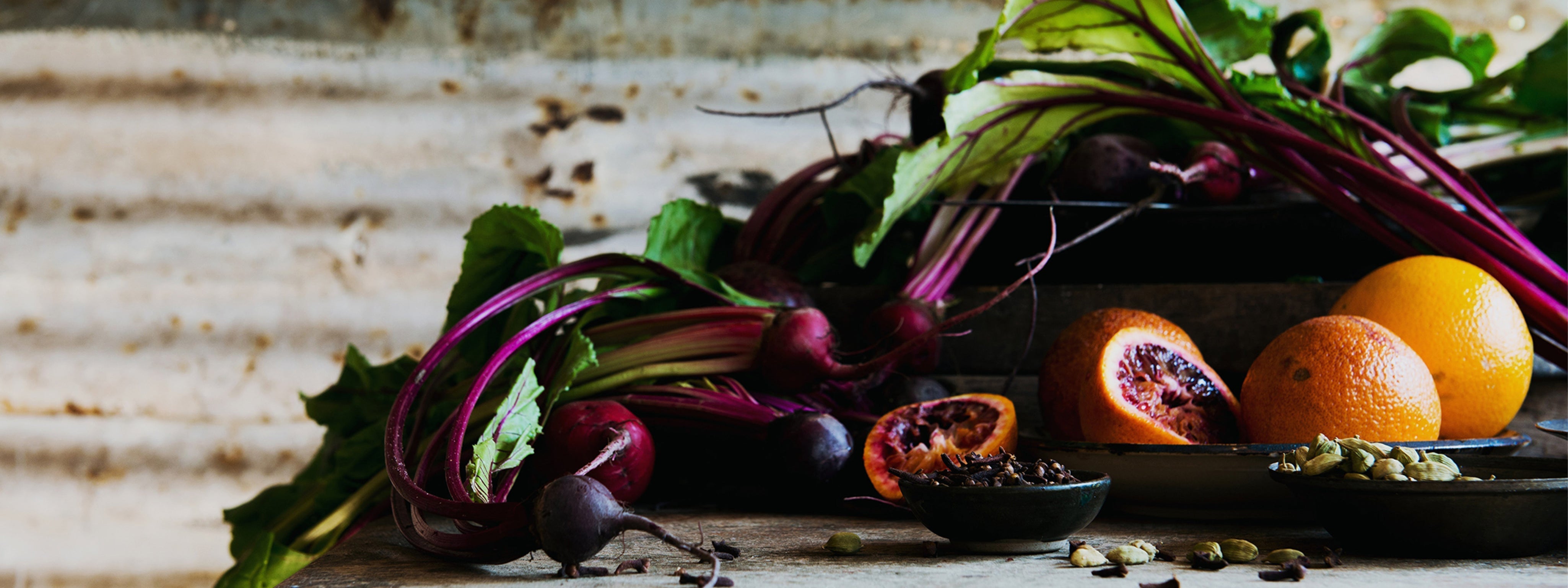No Dig Gardening: Less Work, Healthier Soil

Gardening doesn’t have to be a back-breaking task. When I discovered No Dig Gardening, it was like uncovering a key to healthier soil and less effort in the garden. This method, championed by renowned gardener Charles Dowding, aligns beautifully with my philosophy of working with nature, not against it.
What is No Dig Gardening?
No-Dig gardening means exactly what it sounds like—minimising disturbance to the soil. Traditionally, gardeners would till and turn the soil to prepare it for planting. However, Dowding teaches that by leaving the soil undisturbed and simply adding organic matter on top, you allow the natural soil structure to remain intact. The soil’s ecosystem—its bacteria, fungi, and worms—thrive, leading to healthier plants and fewer weeds.
There are two essential principles to No-Dig gardening:
1. Leave the soil undisturbed as much as possible. You may occasionally need to dig a small hole for planting a tree or cutting out persistent weeds, but overall, the goal is to maintain the soil’s natural structure.
2. Feed the soil from above by adding organic material such as compost to the surface. This replicates what happens in nature when leaves and plant debris decay on the forest floor.
This simple approach has transformed my gardening practices. I no longer spend hours digging or tilling and instead focus on layering organic matter and letting nature take its course. It’s a slower, more intentional way of gardening—one that aligns with my belief in mindful living.
Healthier Soil, Healthier Plants
When we dig or till, we disrupt the intricate network of life in the soil. No-Dig gardening encourages this life to flourish. Worms, bacteria, fungi, and other microorganisms break down the organic matter on the surface, enriching the soil and improving its structure. This helps with both moisture retention and drainage—two crucial elements for a productive garden.
Charles Dowding’s research shows that No-Dig gardening not only results in healthier soil but also boosts productivity. In his trials, No-Dig beds consistently produced more food than those that were dug, despite the same amount of compost being applied. By simply allowing the soil to maintain its natural structure, plants can root more deeply and draw on more nutrients.
Less Work, More Reward
One of the joys of No-Dig gardening is how much easier it makes garden maintenance. The layer of compost naturally suppresses weeds, meaning less time spent hoeing and weeding. And because the soil structure remains intact, there’s no need to laboriously dig or turn the soil each season.
Dowding’s experience, backed by over a decade of trials, proves that No-Dig methods save time and effort while delivering better harvests. As he says, “No-Dig makes life easier for us and allows soil life to flourish out of sight, and plants grow more healthily.” I’ve found that this method allows me to focus more on nurturing my plants and enjoying the beauty of my garden rather than constantly battling weeds and compacted soil.
Inspired by Nature
No-Dig gardening is all about working with nature’s systems, not imposing our own. In natural environments like forests, the soil is never dug up. Instead, leaves and organic matter fall to the ground and decompose slowly, enriching the soil from the top down. No-Dig gardening mirrors this process. By applying compost and mulch to the surface, we support the organisms in the soil that help break down organic material and make nutrients available to plants.
This method of gardening isn’t just practical—it’s philosophical. It encourages us to slow down and observe the natural rhythms of the earth, to garden with patience and mindfulness. And the results? Healthier soil, healthier plants, and a deeper connection to the land.
Getting Started with No Dig Gardening
If you’re interested in trying No-Dig gardening for yourself, it’s wonderfully simple to get started. According to Charles Dowding, you can create a No-Dig bed anywhere—even on top of grass or weeds! Here’s how to do it:
1. Lay down cardboard: Start by cutting back any existing plants, then cover the area with cardboard to block light and smother weeds. If the ground is particularly dry, water the cardboard to help it decompose more quickly.
2. Add compost: Spread a layer of compost, about 5-10 cm thick, over the cardboard. This will serve as the growing medium for your plants.
3. Start planting: You can plant directly into the compost layer. As the compost breaks down, the cardboard will decompose, and the soil underneath will improve without being disturbed.
4. Maintain with annual mulching: Each year, add another layer of compost to feed the soil and suppress weeds.
Whether you’re working with clay, silty, or stony soil, No-Dig methods are effective for all soil types. Over time, your soil will become richer and more fertile, supporting a wider variety of plants.
Why No Dig Works Anywhere
While Charles Dowding developed his methods in the UK, no dig gardening works in virtually any climate. Whether you’re gardening in temperate, tropical, or dry environments, the principles of building up organic matter on top of the soil remain the same. At Little Cottage on a Hill, even with a smaller space, I’ve found that no dig allows me to maximise productivity while minimising effort.
The Future of Sustainable Gardening
No dig gardening is more than just a technique; it’s a step towards creating a sustainable, resilient future. By reducing our reliance on chemical fertilisers and pesticides, and by treating the soil as a living, breathing ecosystem, we can cultivate gardens that are healthier for both the environment and ourselves.
Charles Dowding’s work has shown that no dig gardening produces more food with less effort and fewer resources. For me, this method represents a way to reconnect with nature, to live more mindfully, and to embrace a simpler, more sustainable way of life.






